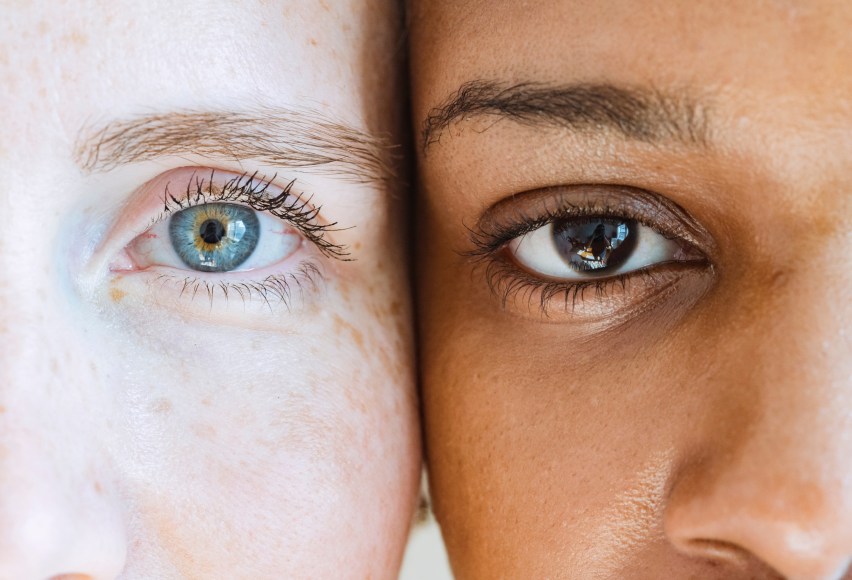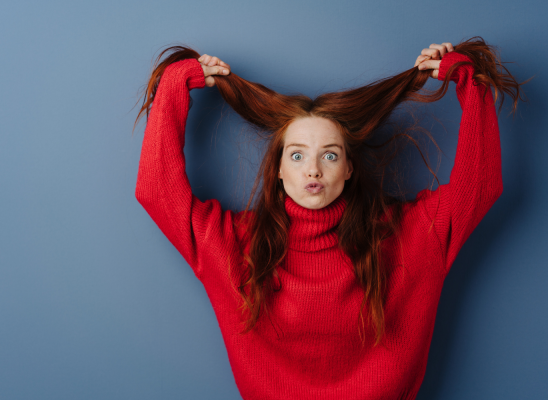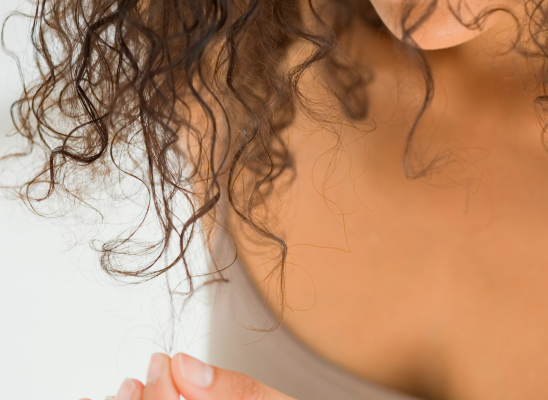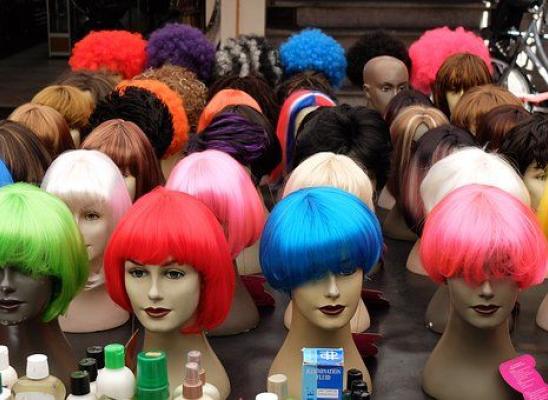Why Not The Scalp? Why Some People Prefer Pulling Eyelashes and Eyebrows

Online test
Find out the severity of your symptoms with this free online test
Trichotillomania, often referred to as "trich" or hair pulling, is a complex mental health disorder characterized by an irresistible urge to pull out one’s own hair. While it falls under the umbrella of obsessive-compulsive and related disorders (OCRDs), the experience of hair pulling can vary widely from person to person.
One of the intriguing aspects of trich is the preference some people have for where they pull hair from. While the scalp is the most common site for pulling, many people prefer to focus their pulling on their eyelashes or eyebrows. Research suggests that this preference isn’t arbitrary and is likely influenced by a combination of psychological, sensory, and social factors that make these areas uniquely appealing.
The Sensory Appeal of Eyelashes and Eyebrows
One key reason some people with trichotillomania gravitate toward eyelashes and eyebrows is the distinct sensory experience these hairs provide. Sensory phenomena are commonly experienced with OCRDs like hair pulling and skin picking.
While not considered a sensory processing disorder, there is substantial anecdotal evidence that tactile sensations can fuel the urge to pull. For example, compared to scalp hair, eyelashes and eyebrows are shorter, coarser, and often have a different texture. The face is a highly sensitive area. For some, this heightened sensitivity may bring a stronger release of tension or anxiety, a common trigger for trichotillomania.
Research suggests that people with trichotillomania and other body focused repetitive behaviors (BFRBs) like skin picking seem to react differently to afferent (soft) touch. These differences may contribute to increased arousal and urges.
Accessibility and Habit Formation
Eyebrows and eyelashes are more accessible than scalp hair. Your hands are already near your face multiple times a day, resting your head on your palm, rubbing your eyes, or simply fidgeting. While more than a “bad habit”, hair pulling stems from the habitual pulling behavior. This constant proximity can turn pulling into a subconscious habit, reinforced by muscle memory over time. Scalp pulling, on the other hand, might require more intentional effort, such as running fingers through the hair or seeking out specific strands, which could make it less automatic for some individuals.
This accessibility ties into the ritualistic nature of trich. Many people develop specific patterns or "pulling routines." For example, if you begin pulling your eyelashes or brows during periods of stress, like while working at your desk, that behavior can become linked to that environment and over time become the go-to response, reducing the scalp as a pulling site.
Psychological and Emotional Factors
For some, pulling can stem from a desire to alter or correct their appearance in some way. The need to “fix” or seeking perfection is a common theme in hair pulling and skin picking behaviors. For example, someone might pull eyelashes or eyebrow hair that feels “out of place", only to continue pulling to "even things out." This perception can create a vicious cycle: the more they pull, the more imperfections they notice, perpetuating the behavior, diverting attention from the scalp.
Research has also found differences in brain structure and function in people with trich. Some of these areas are thought to be related to habit formation.
Social and Practical Factors
Social dynamics may influence a preference for pulling eyelashes and eyebrows. Societal norms greatly influence what is considered acceptable behavior, what behavior is expected, and even what is considered appealing or desirable. Hair loss on the scalp is much harder to conceal and may carry a greater stigma, especially in cultures where hair appearance or style is significantly tied to beauty norms. Pulling from places other than the scalp may help avoid unwanted questions, judgment, or the need for wigs and cover-ups. Eyelash and eyebrow loss, while still noticeable, can be more easily masked cosmetically with makeup, false lashes, or microblading. And they tend to grow and fill in quicker than scalp hair, lessening the time that the excessive pulling may be so obvious.
The Takeaway
Ultimately, trichotillomania is deeply personal and is experienced differently by each person. Why someone chooses one site over the other is not always clear, but it does offer a glimpse into the lived experience of trichotillomania. Understanding why certain areas feel more compelling is an important step in managing the disorder. If you or someone you love is dealing with hair pulling, therapy can help you better understand your hair pulling and start you on a path to healing.
References
1. Falkenstein, M. J., Conelea, C. A., Garner, L. E., & Haaga, D. A. (2018). Sensory over-responsivity in trichotillomania (hair-pulling disorder). Psychiatry Research, 260, 207-218. https://www.sciencedirect.com/science/article/abs/pii/S0165178116322041?via%3Dihub
2. Schienle, A., Schlintl, C., & Wabnegger, A. (2024). Brain mechanisms for processing caress-like touch in skin-picking disorder. European archives of psychiatry and clinical neuroscience, 274(1), 235–243. https://pmc.ncbi.nlm.nih.gov/articles/PMC10786990/
3. Noble, Christina & Gnilka, Philip & Ashby, Jeffrey & McLaulin, Sarah. (2017). Perfectionism, Shame, and Trichotillomania Symptoms in Clinical and Nonclinical Samples. Journal of Mental Health Counseling. 39. 335-350. https://www.researchgate.net/publication/320312863_Perfectionism
4. Neural targets identified for trichotillomania, skin-picking disorder. (2022, June 29). Mass General Advances in Motion. https://advances.massgeneral.org/neuro/journal.aspx?id=2279
Online test
Find out the severity of your symptoms with this free online test
Start your journey with TrichStop
Take control of your life and find freedom from hair pulling through professional therapy and evidence-based behavioral techniques.
Start Now



